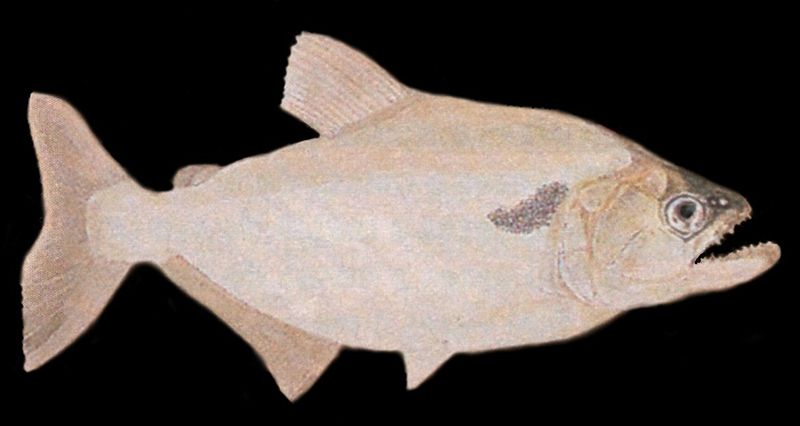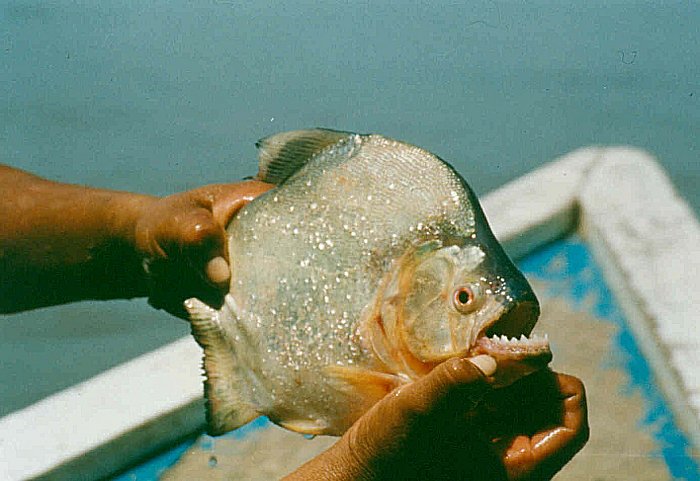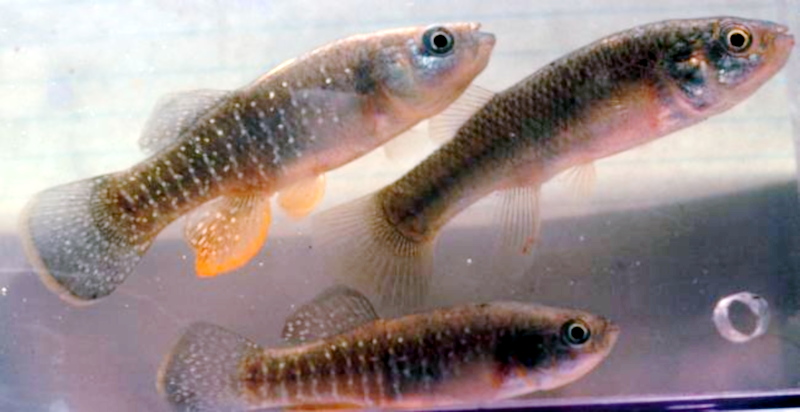 Hello, Frank Indiviglio here. North America’s fresh, brackish and marine waters are overflowing with beautiful and interesting fishes that are well suited for aquarium life. For some reason, however, they have largely been overlooked by aquarists here…but not so in Europe, where a number of American sunfishes are well-established in the trade. I have collected and kept a great many native fishes, and today would like to highlight three of my marine/brackish water favorites – the Mummichog (Fundulus heteroclitus), Striped Killifish (Fundulus majalis) and Sheepshead Minnow (Cyprinodon variegatus). Please see Part 1 of this article for information on their natural histories.
Hello, Frank Indiviglio here. North America’s fresh, brackish and marine waters are overflowing with beautiful and interesting fishes that are well suited for aquarium life. For some reason, however, they have largely been overlooked by aquarists here…but not so in Europe, where a number of American sunfishes are well-established in the trade. I have collected and kept a great many native fishes, and today would like to highlight three of my marine/brackish water favorites – the Mummichog (Fundulus heteroclitus), Striped Killifish (Fundulus majalis) and Sheepshead Minnow (Cyprinodon variegatus). Please see Part 1 of this article for information on their natural histories.
Enclosure and Physical Environment
All three species are quite active, fast-moving fishes and should be provided with as much room as possible and vigorous aeration. Give them plenty of swimming space so that you can observe their schooling behavior, as well as stands of live or artificial plants into which they may retreat when stressed.
Usual marine aquarium water quality parameters and room temperatures suffice. Mummichogs and Sheepshead Minnows may also be maintained in brackish water aquariums.
Feeding
An extremely wide variety of foods is accepted, and both animal and plant based items should be provided…..frozen krill, clam, crab, spearing, etc., freeze dried foods and flakes; algae and omnivore pellets; live brine shrimp and blackworms.
Social Grouping/Compatible Species
All are schooling fishes and most comfortable in groups; the 3 species will school together, making for a very interesting display.
They get along well with a wide variety of marine organisms but may out-compete slow-feeding and bottom-dwelling fishes and invertebrates.
Breeding
So far, not much attention has been given to captive breeding. In my collection, a temperature reduction to 62-65 F in the winter and a decrease in day length to 9 hours apparently stimulated male Mummichogs to develop breeding colors. I’ve had less success with the other two species, but have established schools in an exhibit at New York City’s Brooklyn Children’s Museum, and hope to work with them in the future.
Experiments with winter-time reductions in day length and temperature would be worthwhile, as the males’ breeding colors are striking, and courting behavior is readily apparent.
Further Reading
This US Fish & Wildlife Service article contains a wealth of information on the fishes covered above.
Please write in with your questions and comments.
Thanks, until next time,
Frank Indiviglio
Striped Killifish male image referenced from wikipedia and originally posted by Steven G. JohnsonMummichog image referenced from wikipedia and originally posted by Brian Gratwicke
 Craig here with another blog about yet another species of piranha. We have looked at the Red Belly and the Black piranha, now it is time to take a look at one of the most aggressive and predatory of all piranha species – the Elongated Piranha.
Craig here with another blog about yet another species of piranha. We have looked at the Red Belly and the Black piranha, now it is time to take a look at one of the most aggressive and predatory of all piranha species – the Elongated Piranha. That Fish Blog – Aquarium Advice and Information
That Fish Blog – Aquarium Advice and Information



